2018 at a glance: When music streaming got the Voice advantage
2018 has been a year of interesting developments in the music streaming space. As more and more consumers are finding their music content online, technology has started to play a key role in not just how music is consumed, but also how it can be made a more personalised experience.
Prashan Agarwal, CEO, Gaana
Overview of music content space in 2018:
We have grown more than 100 per cent in the last one year, if you look at the number of streams per viewing on the app as well as when you look at the user base. The music streaming market today has about a 150 million odd users out of which 80 million users are on Gaana, so we continue to be a choice platform for users. Another interesting thing is that we have grown 100 per cent in all the regional languages as well. While we continue to grow in Bollywood, we are also seeing growth in regional language music users. That is interesting, because we think as the Internet audience matures and as more Tier 2, 3 and 4 towns are coming online, we see regional music becoming one of the next big plays in the next few years.
Discoverability of music:
If you look at the major shift towards music streaming, then I think access is the first thing that comes to mind. The moment you think about a song you want to listen to, you can, because you have access to a library with 30 million songs. So, access has become the first and foremost thing that has led to this culture and of course data connectivity costs have come down. Discoverability has also gone up because every person now has a music associated with them. If you are in a certain state of mind then you can listen to music associated with that state.
Discoverability increases because you can consume any music that you want. In the last one and a half years discoverability has also gone up because of a lot of investment in recommendations through machine learning, where we have been able to take our data over the past 5-6 years to understand what mood or space a person is in when he consumes a particular song. Thus we can help him discover new music through our Auto-Queue feature, where if you listen to one song we recommend the next 15 songs. That’s a huge leap in discoverability, because then you don’t have to think what to play next; all you need to do is decide that one song that gets you started.
From the on-the-go perspective, today we cannot imagine not having our mobile phones in our hands. Everyone is pretty deeply engaged with their screens, which can be either good or bad. The beauty is that today when you are commuting or going anywhere, you always have a companion in hand that you can use to stream the music of your choice.
Rise of Voice and music content:
We are the pioneers in launching Voice search on the Gaana app. We started a feature, called Transliteration, two and a half years back on our app, where we basically moved the app through 9 different languages so that the consumer could listen to songs and interact with the app in his own language. We have a lot of consumers coming from regional languages who are not comfortable with English. After we did our research, we launched Voice search in January this year and we are seeing tremendous traction on that. Today, almost 22 per cent of our total search happens using Voice search.
Looking at the future, if you look at millennials and Tier 2 customers, for them typing is becoming more and more onerous and people will move to Voice search as their choice of input medium. Currently, 22 per cent of Gaana users, amounting to 8 crore people every month are already using Voice search. The beauty of Voice search is that when you combine it with machine learning recommendations, you can open the app, play a song and you are sorted for the evening.
Advertiser interest in Gaana:
From a revenue standpoint, we are growing more than 100 per cent YoY. From a regional perspective, consumption still needs to rise further and then it will start pulling in advertisers. Advertisers coming on to streaming apps today are still mainstream rather than regional, but this is a phenomenon that may change soon.
Gaurav Kaushik, VP, Advertising Platform, Saavn
Rise of Voice and music content:
Audio consumption will keep getting extended through connected devices. Voice is just another technology that will extend audio consumption. Voice is going to be the new touch screen. Right now, to interact with any audio file you need to click on a banner, but with Google Home and Alexa-powered devices, your Voice becomes your click. This helps them distinguish as to who is listening and what kind of music content should be personalised for that individual.
One of the problems of a new UI is that it has to be personalised for each and every user. Currently on our app what we do is based on the user’s listening history, we expose them to more and more of similar kind of content. A Voice platform can distinguish between users so they are able to personalise the content discovery based on that because these devices are smart devices and since they are synchronised on multiple devices, they just need to recognise who is listening. This game of personalisation is all about the balance, where based on the listener’s preferences they can figure out the next track. It is all a mix of human creation, machine learning and one’s personal choice.
Everyone is using machine learning to understand what is best for the consumer, but we always have a human element as a part of it because we believe that music is very personal.
Implications for advertising when people are no longer looking at their screens to listen to music:
One of the best ways to advertise is to make it feel more like content. Display has been here for so many years and now the next platform is Voice. Voice also goes both ways – input as well as output. So, you can listen to what a user feeds into the Voice device and you can queue an audio ad that is relevant to them. In fact, Google and Alexa are experimenting with audio ads. This principle remains the same, but you as a Voice user have more control over the ads that are played for you. The ads will be contextualised.


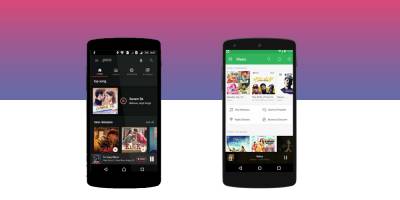


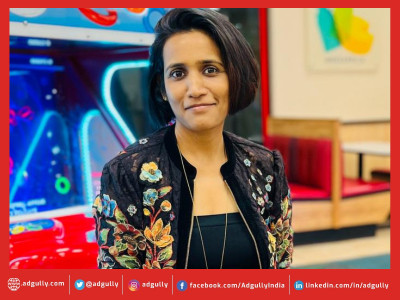
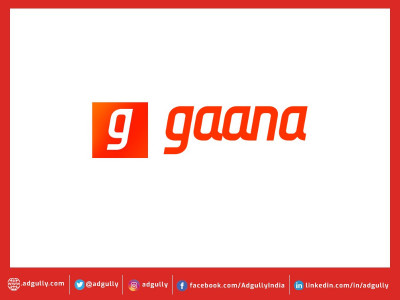
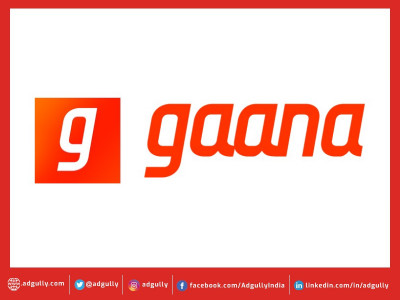




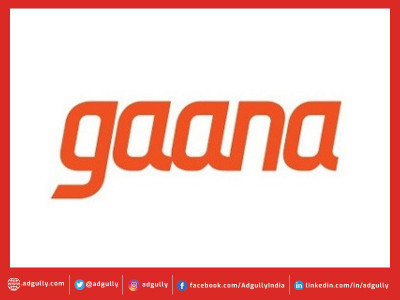

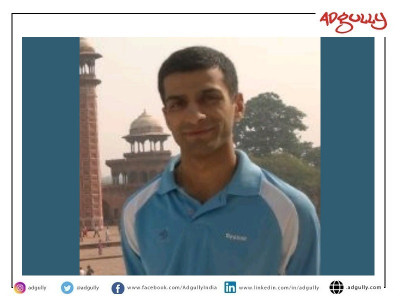


Share
Facebook
YouTube
Tweet
Twitter
LinkedIn